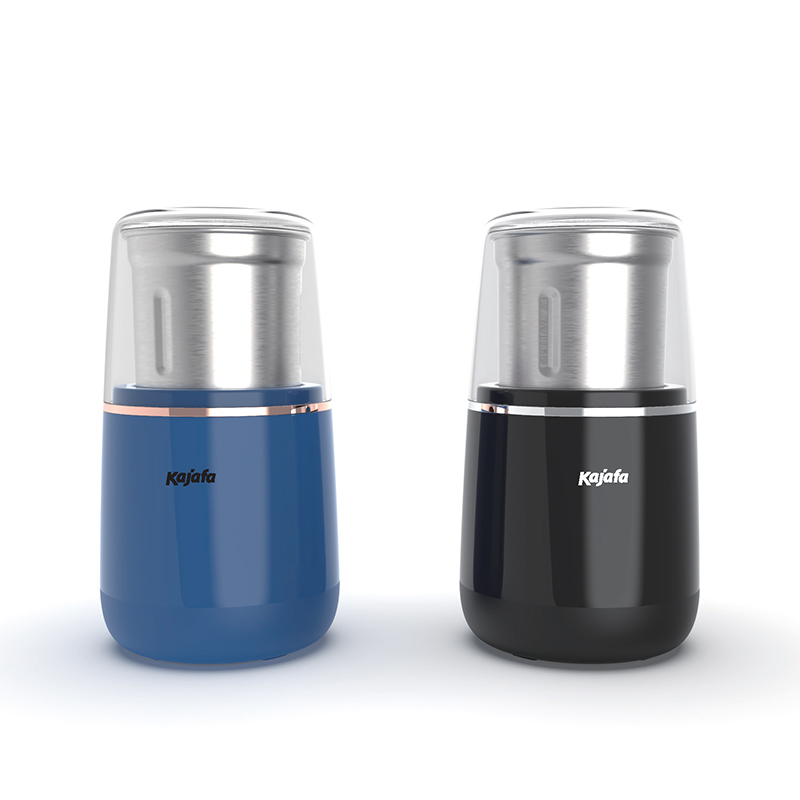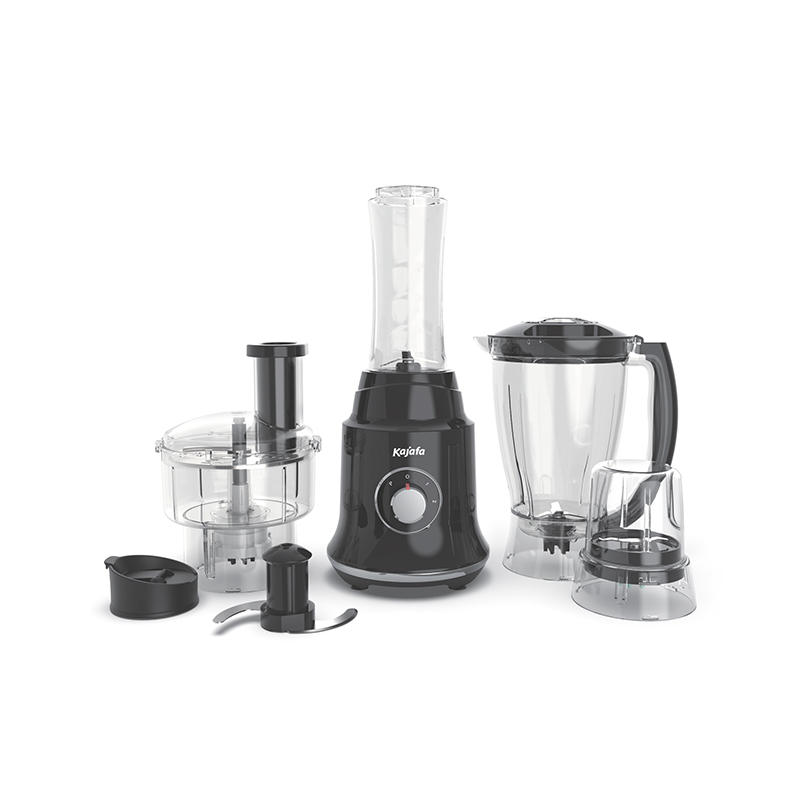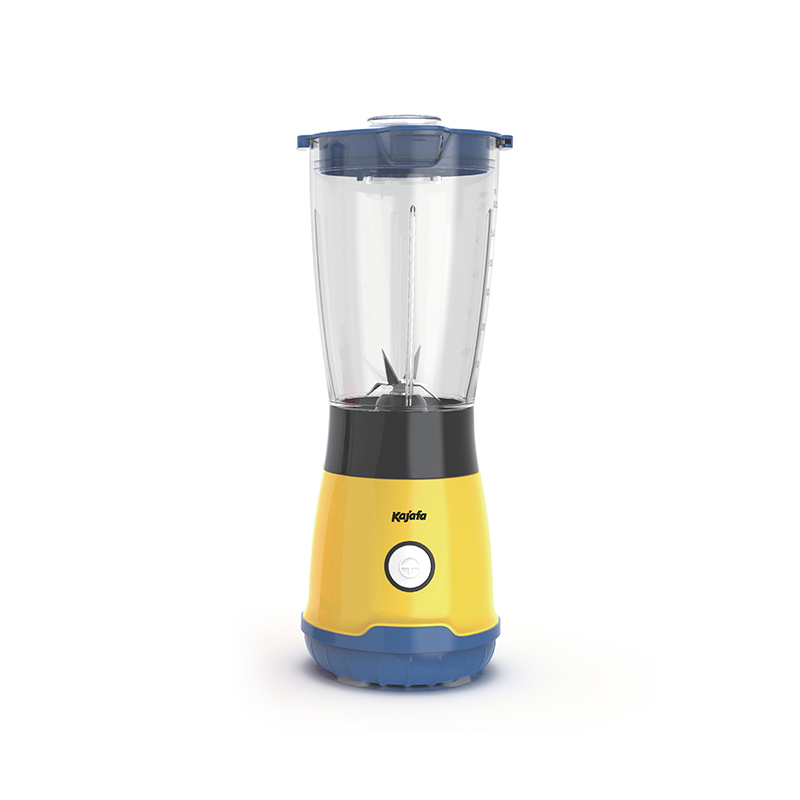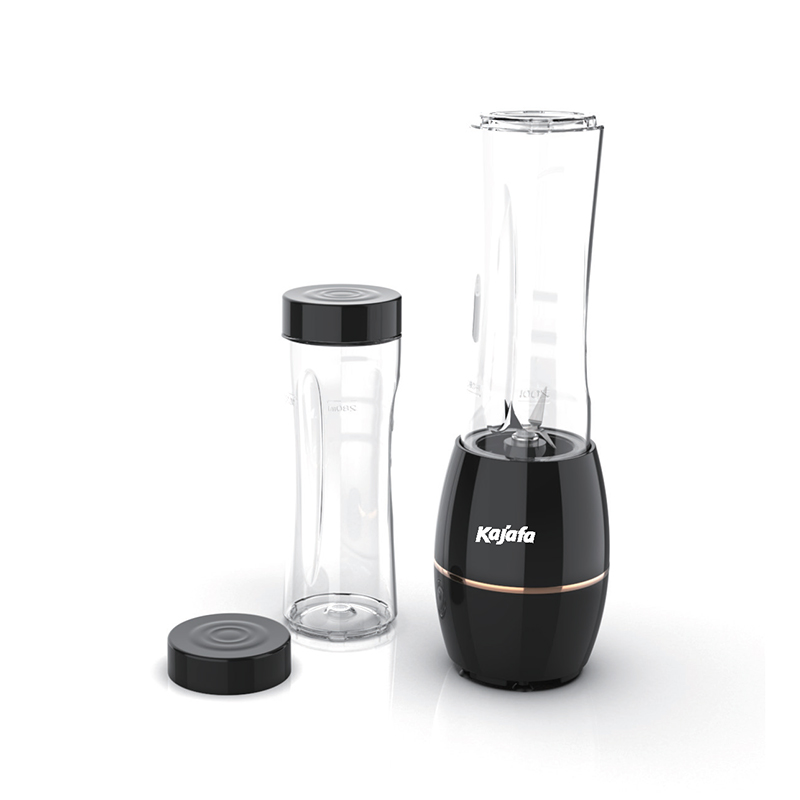مخلوط کن پرسرعت نوعی مخلوط کن است که از یک موتور قدرتمند و تیغه های تیز برای مخلوط کردن مواد با سرعت بالا استفاده می کند. این اجازه می دهد تا ترکیب نرم تر و منسجم تر، و همچنین توانایی ترکیب مواد سخت مانند میوه ها و سبزیجات منجمد. مخلوطکنهای پرسرعت اغلب برای تهیه اسموتیها، آبمیوهها و سایر نوشیدنیهای ترکیبی و همچنین آسیاب کردن و پوره کردن غذا استفاده میشوند.
مخلوط کن با سرعت بالا برای مخلوط کردن و پوره کردن مواد با سرعت بالا، معمولاً بالای 20000 RPM طراحی شده اند. آنها معمولاً قوی تر از مخلوط کن های سنتی هستند و می توانند مواد سخت تری مانند یخ، میوه های یخ زده و آجیل را کنترل کنند. آنها همچنین می توانند پوره های نرم تر و نرم تری نسبت به مخلوط کن های سنتی ایجاد کنند. مخلوطکنهای پرسرعت اغلب برای تهیه اسموتیها، آبمیوهها، سوپها و سسها استفاده میشوند و همچنین میتوانند برای کارهای پردازش مواد غذایی مانند آسیاب کردن، امولسیون کردن و همگن کردن استفاده شوند. علاوه بر این، بسیاری از مخلوطکنهای پرسرعت به تنظیمات سرعت چندگانه و چرخههای ترکیبی از پیش برنامهریزیشده مجهز هستند تا فرآیند اختلاط را راحتتر کنند.
یک مخلوط کن با سرعت بالا معمولاً از یک ظرف مخلوط کننده (مانند یک کوزه یا پارچ)، یک پایه موتور و یک تیغه مخلوط تشکیل شده است. پایه موتور موتوری را در خود جای می دهد که مخلوط کن را تغذیه می کند و ظرف مخلوط به پایه موتور متصل می شود. تیغه مخلوط کن در ته ظرف قرار دارد و وظیفه تجزیه و ترکیب مواد را بر عهده دارد.
یک مخلوط کن با سرعت بالا با استفاده از یک موتور قدرتمند برای چرخش تیغه ها با سرعت بالا کار می کند که به آن اجازه می دهد مواد غذایی و مایعات را به سرعت و کارآمد مخلوط، پوره و امولسیون کند. تیغه ها به طور معمول از فولاد ضد زنگ ساخته شده اند و برای ایجاد گرداب در ظرف مخلوط کردن، کشیدن مواد غذایی و مایعات به سمت تیغه ها برای ترکیب کارآمد طراحی شده اند. برخی از مخلوطکنهای پرسرعت نیز دارای تنظیمات سرعت چندگانه و تنظیمات از پیش برنامهریزیشده برای کارهای خاص مانند اسموتی، سوپ و کره آجیل هستند. علاوه بر این، بسیاری از مخلوطکنهای پرسرعت دارای یک ضربهگیر یا پیستون هستند که میتوان از آن برای فشار دادن مواد غذایی و مایعات به سمت تیغهها برای مخلوط کردن یکنواخت استفاده کرد.
مخلوط کن های پرسرعت نسبت به مخلوط کن های سنتی مزایای متعددی دارند، از جمله:
آنها می توانند مواد سخت تری مانند آجیل و دانه ها را با کارایی بیشتری با هم ترکیب کنند.
آنها می توانند مواد را سریعتر با هم ترکیب کنند و در وقت آشپزخانه صرفه جویی کنند.
آنها میتوانند بافت نرمتر و خامهتری را در غذاها و نوشیدنیهای مخلوط ایجاد کنند.
همچنین می توان از آن ها برای تهیه سوپ های داغ با ترکیب مواد و حرارت دادن همزمان استفاده کرد.
می توان از آنها برای تهیه کره آجیل، هوموس و حتی آسیاب غلات استفاده کرد.
آنها همچنین می توانند شیر آجیل، آب میوه و حتی بستنی درست کنند.
اقدامات احتیاطی برای استفاده از مخلوط کن با سرعت بالا:
همیشه از مخلوط کن در حالی که درب آن محکم است استفاده کنید تا از آسیب یا آسیب به مخلوط کن جلوگیری کنید.
مخلوط کن را با سرعت کم شروع کنید و به تدریج سرعت را افزایش دهید تا پاشیده نشود.
در صورت لزوم از یک دستکاری برای فشار دادن مواد به سمت تیغه ها استفاده کنید، اما حتماً قبل از استفاده مخلوط کن را خاموش کنید.
مخلوط کن را بیش از حد پر نکنید، زیرا ممکن است باعث سرریز شدن یا گرفتگی مواد شود.
بعد از هر بار استفاده مخلوط کن را کاملا تمیز کنید تا از آلودگی یا تجمع مواد غذایی جلوگیری شود.
همیشه قبل از تمیز کردن مخلوط کن یا مونتاژ/جدا کردن آن، آن را از برق بکشید.
هنگام دست زدن به تیغه ها مراقب باشید زیرا بسیار تیز هستند.
از مایعات داغ در مخلوط کن پر سرعت استفاده نکنید زیرا فشار می تواند باعث انفجار آنها شود.
 بیشتر ببینید
بیشتر ببینید
 بیشتر ببینید
بیشتر ببینید
 بیشتر ببینید
بیشتر ببینید
 بیشتر ببینید
بیشتر ببینید
 بیشتر ببینید
بیشتر ببینید
 بیشتر ببینید
بیشتر ببینید
